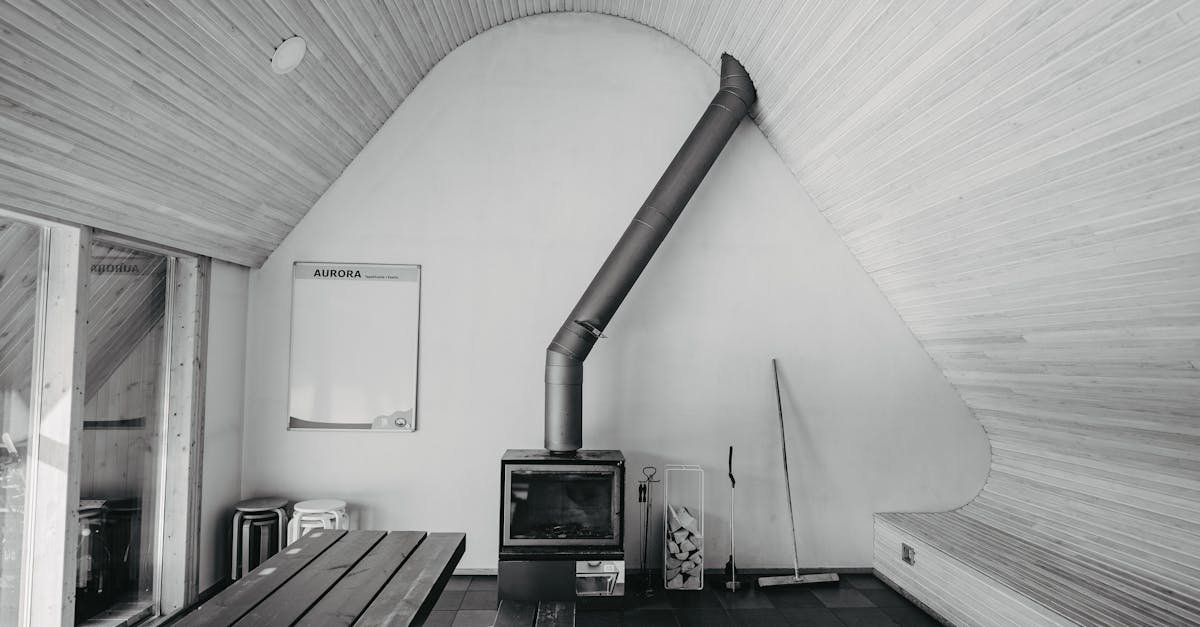You can claim up to 30% of the cost of qualifying heating systems through the federal heater tax credit. This incentive aims to encourage energy efficiency by helping you offset the initial investment in high-efficiency heaters. Whether you’re upgrading your home heating or considering a new installation, this tax credit can significantly reduce your financial burden.
Understanding the eligibility requirements and the application process is crucial to maximizing your savings. By taking advantage of this credit, you not only save money but also contribute to a more sustainable future. Let’s jump into how you can benefit from this opportunity.
Overview Of The Federal Heater Tax Credit
The federal heater tax credit promotes energy efficiency. This incentive allows you to claim up to 30% of the cost for qualifying heating products. The goal is to reduce your upfront costs when investing in efficient heating systems.
Eligible products include heat pump water heaters, natural gas water heaters, and air source heat pumps. To qualify, heat pump water heaters must carry the ENERGY STAR certification. Natural gas water heaters need specific efficiency ratings to qualify. Tanks less than 55 gallons must achieve a 0.81 Uniform Energy Factor (UEF) while larger tanks must achieve a UEF of 0.86. Tankless gas models require a UEF of 0.95. Air source heat pumps must meet the highest efficiency standards set by the Consortium for Energy Efficiency.
The tax credit for heat pump water heaters and air source heat pumps amounts to 30% of your project cost. But, this benefit is capped at $2,000 per year. By taking advantage of this tax credit, you can lower your installation costs and boost your home’s energy efficiency. Understanding eligibility criteria and the claiming process ensures you maximize this financial benefit.
Eligibility Requirements
To qualify for the federal heater tax credit, you must meet several important criteria. This tax credit aims to enhance energy efficiency while providing financial relief for eligible heating upgrades.
Homeowner Qualifications
- Primary Residence: The tax credit applies only to your main home. It can’t be claimed for secondary homes or rental properties. If you live there most of the time, you qualify.
- Existing Home: The credit is available for improvements made to your existing home. It doesn’t apply to newly built homes, ensuring that the incentive supports upgrades rather than new constructions.
- U.S. Location: Your home must be situated in the United States to qualify for this credit, reinforcing the tax credit’s commitment to improving energy efficiency nationwide.
Types Of Heaters Covered
The federal heater tax credit includes various high-efficiency heating systems. To be eligible, these heaters must meet specific standards. Here are the types of heaters covered:
- Heat Pump Water Heaters: These systems must have ENERGY STAR certification. This ensures they meet stringent energy efficiency standards.
- Natural Gas Water Heaters: These units must fulfill certain Uniform Energy Factor (UEF) ratings based on their tank size. This requirement guarantees you invest in a system that contributes to reduced energy consumption.
- Air Source Heat Pumps: These systems provide efficient heating and cooling for your home. They must also meet set efficiency ratings to qualify.
Understanding these requirements helps maximize potential savings on your taxes. It’s essential to verify your equipment meets the criteria before making a purchase.
Benefits Of The Federal Heater Tax Credit
The federal heater tax credit offers substantial advantages for homeowners. By investing in energy-efficient heating solutions, you can enjoy significant tax savings and contribute to a healthier environment.
Tax Savings
You can claim a 30% tax credit on eligible energy-efficient home improvements. This credit applies to various heating systems, including:
- Heat pump water heaters: Up to $2,000 annually.
- Air source heat pumps: Up to $2,000 annually.
- Biomass stoves and boilers: Up to $2,000 annually.
- Natural gas water heaters: Up to $1,200 annually.
- Central air conditioners, furnaces, boilers, windows, doors, and insulation: Up to $1,200 annually.
The total annual limit for all energy efficiency improvements is $3,200. You can maximize your credits by spreading improvements over several years.
Environmental Impact
Investing in energy-efficient heaters reduces energy consumption. Lower energy use leads to decreased greenhouse gas emissions. Installing a qualifying heater can help you reduce your carbon footprint and support sustainability efforts. Energy-efficient homes help conserve resources while promoting a cleaner environment. Choosing efficient heating systems benefits your wallet and the planet.
How To Claim The Credit
Claiming the federal heater tax credit involves a few clear steps. You must follow guidelines set by the IRS. Here’s what to do.
Necessary Documentation
You need specific documentation to support your claim.
- Receipts and Invoices: Keep receipts and invoices for all purchases and installations of your energy-efficient equipment. This includes heat pumps and water heaters. Without these documents, you can’t claim the credit.
- Manufacturer Certifications: Ensure your equipment meets efficiency standards. Look for certifications from the Consortium for Energy Efficiency (CEE) or ENERGY STAR. Manufacturers typically provide proof that the equipment qualifies for the tax credit.
Filing Process
Follow these steps when filing:
- Complete IRS Form 5695. This form is for Residential Energy Credits.
- Highlight the total cost of qualifying improvements on the form.
- Submit the form with your federal income taxes for the year you made the upgrades.
Make sure to file everything in a timely manner. Errors or missing documents can lead to denial of the credit.
Common Mistakes To Avoid
Incorrect Eligibility Assumptions
Verify the eligibility of your heater or heat pump before making a purchase. Not every heater qualifies for the tax credit. Confirm that it meets energy efficiency requirements set by the Consortium for Energy Efficiency (CEE) or has ENERGY STAR certification. Heat pumps and heat pump water heaters must adhere to these standards. Double-checking ensures you don’t miss out on potential savings.
Misunderstanding Tax Credit Limits
Understand the limits of the tax credit. The total credit caps at 30% of your project cost, up to $2,000 for heat pumps and heat pump water heaters. Keep in mind there’s an annual limit of $3,200 for all energy efficiency improvements. Specific limits apply: $2,000 for heat pumps, heat pump water heaters, and biomass stoves or boilers, while other home envelope improvements cap at $1,200. Awareness of these limits helps you maximize your tax benefits.
Conclusion
Taking advantage of the federal heater tax credit can significantly lighten your financial load while enhancing your home’s energy efficiency. By investing in qualifying heating systems, you not only save on taxes but also contribute to a more sustainable future.
Make sure to carefully review the eligibility requirements and ensure your chosen system meets the necessary efficiency standards. Proper documentation and timely filing are key to successfully claiming your credit.
With the right approach, you can maximize your savings and make a positive impact on the environment. Embrace this opportunity and enjoy the benefits that come with it.








